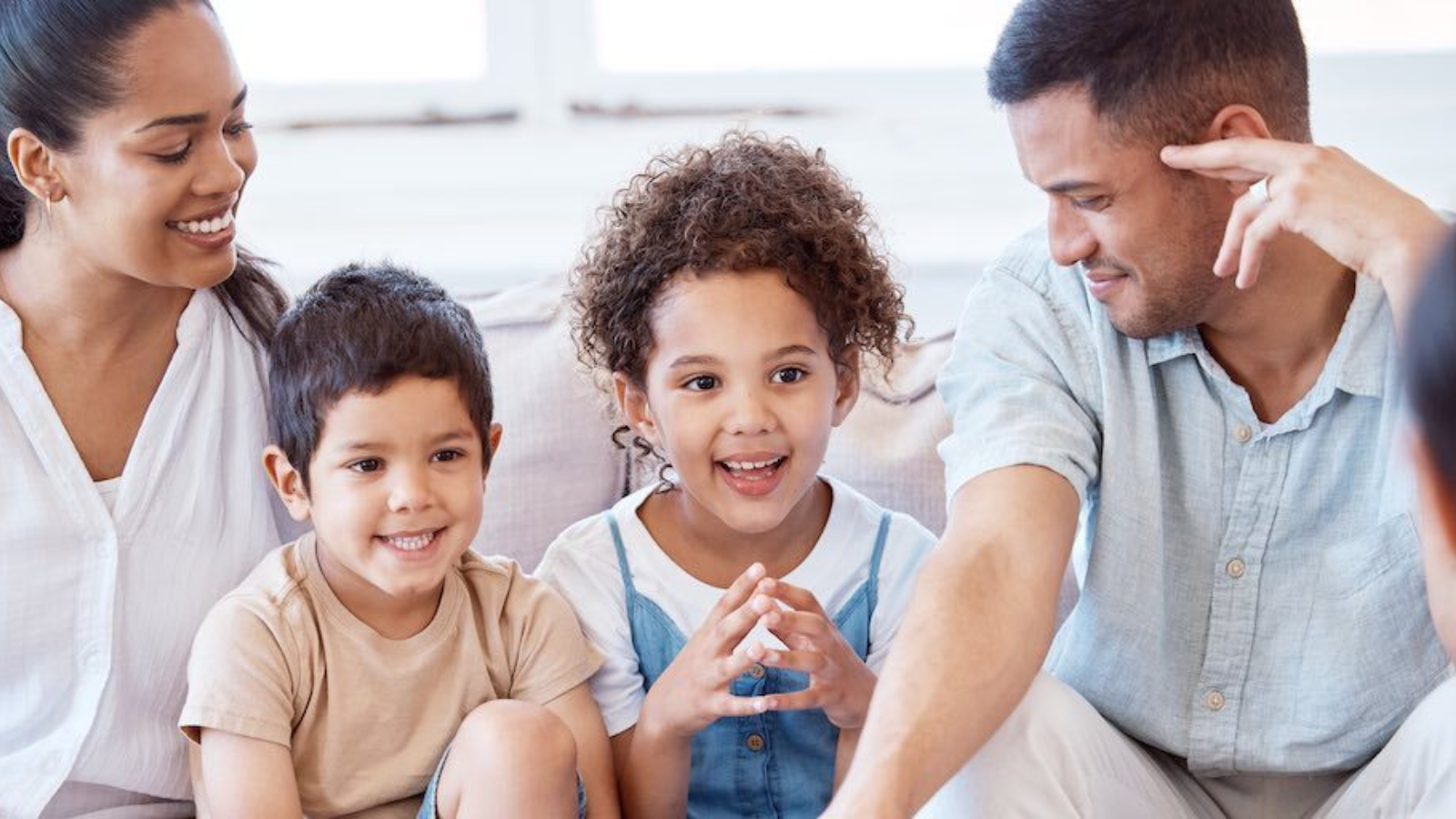Navigating through life’s challenges can be a bit smoother with a supportive family by your side. However, it’s not always easy to maintain harmony and understanding within the family unit. That’s where family therapy activities come into play. These activities are designed to foster communication, build empathy, and strengthen the bond among family members.
Family Therapy Activities
The Importance of Family Therapy Activities
Family therapy activities serve as a cornerstone in resolving familial issues. This form of therapy promotes enhanced communication, enabling family members to convey their feelings, insights, and concerns more openly and effectively. It plays a pivotal role in promoting empathy among family members, fostering a sense of understanding and reducing conflicts.
Key Principles of Family Therapy Activities

The key principles of family therapy activities revolve around promoting communication, fostering empathy, and encouraging mutual respect among family members. It’s central to these activities that everyone feels heard and understood. Therefore, open, honest communication forms a cornerstone in these activities.
One principle, for instance, involves actively listening and seeking to understand before aiming to be understood, a concept integral to the successful enactment of role-play activities in family therapy activities. Another principle focuses on non-judgmental acceptance, which is critical during art therapy sessions. Everyone’s expression of feelings, thoughts, and experiences should be considered valid and respected.
Therapists use these principles to guide the family through family therapy activities, aiming to help them recognize patterns in their interactions, understand other family members’ experiences, and learn healthier ways to communicate and resolve conflicts within their family. They advocate creating a safe space where family members can share their feelings, truths, and concerns openly, by fostering mutual respect and empathetic understanding among family members. These practices often result in increased trust and bonded relationships within the family.
Different Types of Family Therapy Activities
Digging deeper into the sphere of family therapy activities, one can understand the diverse types of activities involved. These activities differ in terms of target age groups, namely children and adolescents, adults, and often transgress generational boundaries. They’re designed to actively cater to the unique needs and interaction styles of these varied age groups, providing a multifaceted approach to therapeutic intervention.
Family Therapy Activities for Children and Adolescents

Primarily, children’s and adolescents’ family therapy activities focuses on employing various creative and interactive methods to boost communication. Examples of these methods include art, creative writing, puppet show and role-playing games. For instance, children might draw a family portrait symbolizing their personal perceptions about their families that unravels hidden feelings or dilemmas. On other hand, adolescents, they’re motivated to pen down stories or narratives, offering insight into their emotions, reasons behind specific behaviors and their way of resolving issues.
In the case of adults, family therapy activities incorporates more sophisticated techniques that aim at unraveling complex thoughts and emotions. Guided discussions, family meetings, and enactments are commonly used activities. Among these, guided discussions stimulate open conversation about existing problems and potential solutions, promoting shared decision-making. Family meetings facilitate pattern recognition in family interactions and help members understand their roles better. Enactments, however, offer a unique approach where certain conflict situations are reenacted to pinpoint communication gaps and understand each member’s reaction better.
Need To Know About Family Therapy Activities
Family therapy activities aren’t just fun and games. They’re powerful tools that foster communication, empathy, and respect. Family Therapy Activities like art, role-play, and guided discussions cater to different age groups, helping everyone from kids to adults express emotions and resolve issues. But it’s the core principles of safety, acceptance, and empathetic listening that truly make these activities effective. So, whether it’s drawing a family portrait or enacting a difficult conversation, these activities are shaping healthier, happier families. And that’s the real power of family therapy activities.

